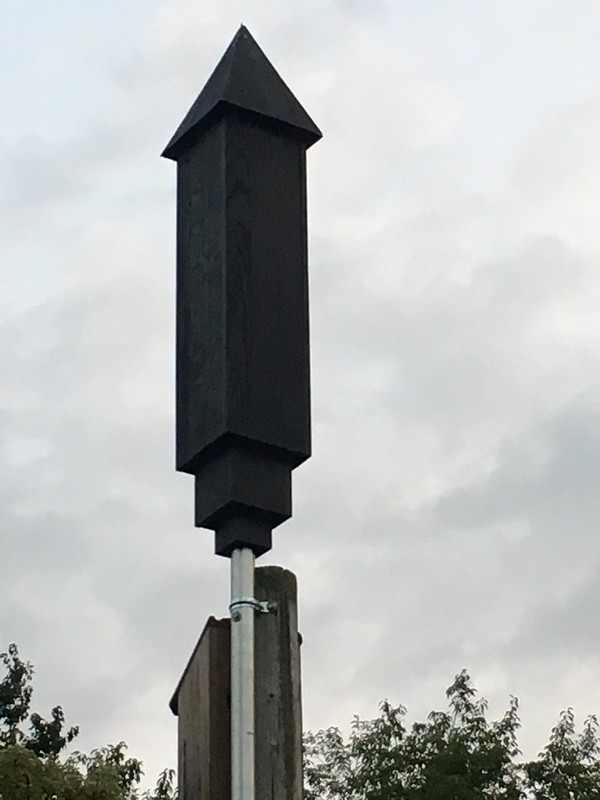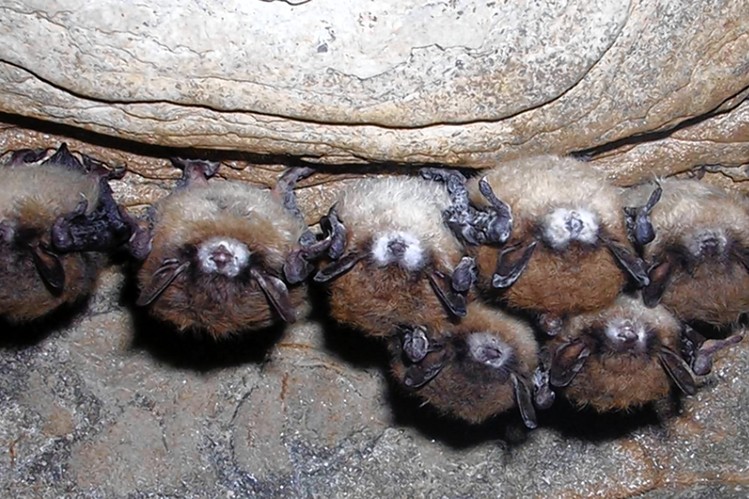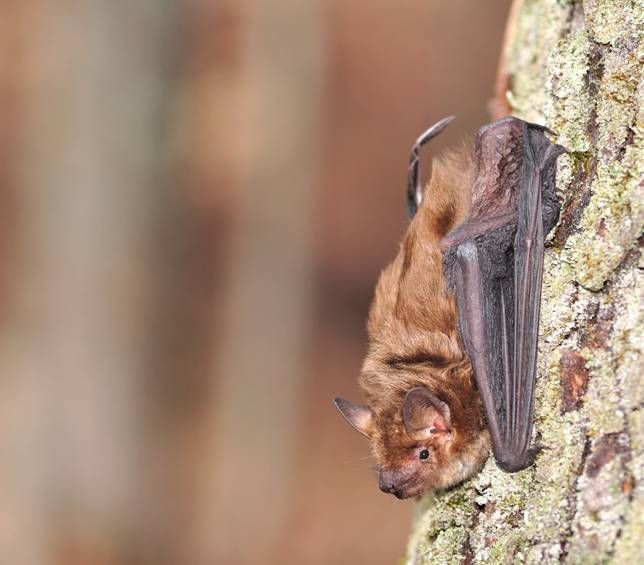As we steadily creep through winter and into the new year, the focus will eventually begin to move from the calm of night toward a season of increased light and activity. Every day we gain a couple more minutes of light in the evening and eventually more motivation. As those longer nights creep up on us each year though, many people realize just how much they rely on the sun’s presence to keep their energy up and remain active. Even with those claiming their nocturnal status, the early sunset makes it glaringly obvious that humans are daytime creatures, or diurnal. More scientifically, diurnal is the antithesis to our nighttime loving nocturnal counterparts who do some of their best work when the sun starts dipping below the horizon.
The idea of being out in the dark is usually met with mixed reviews. It holds a lot of unknowns, especially out in the woods. Despite the potential fear of animals in the forest or for some, a steady diet of horror movies, many of my favorite outdoor memories take place in the night. Standing in the middle of a forest on a chilly November night while a friend calls in Great Horned Owls using only their voice. Watching from an open field as bats fly around overhead eating mosquitoes and walking outside on a warm summer night with the fireflies blinking their lights around you are all such special memories.
Although the winter seems more subdued, many animals are still out there, either remaining active or going dormant. Of those, one I find to be incredibly fascinating is also one surrounded in myths, fear, and notably, is the inspiration for a particularly well-known brooding comic book character. Even though I often find them on my mind during the darkest part of the year due to their association with the night, they will remain dormant until spring.
Bats are the only true flying mammal and there are numerous species found around the world. With their large ears and flattened noses, they are not always viewed as particularly adorable, but are still important to our ecosystems as predators, seed dispersers, and pollinators. Bats are often pictured roosting in caves and while Western New York and Northwest Pennsylvania have several native cave dwelling bats such as the Little Brown Bat, the Big Brown Bat, and the Northern Bat, a few tree dwelling bats like the Hoary Bat call this area home as well.

Although some bats eat fruit, nectar, and yes, a select few suck the blood of livestock or other animals, all our local bats are insectivores. They can eat 20 – 50% of their bodyweight in insects each night, and I for one, am not going to complain about anything that helps keep the already large summer mosquito population in check.
Due to the cold, bats of the Northeast hibernate in the winter, with the exception of a couple that migrate to warmer climates. Bats may roost in twos or threes, or in larger groups staying close together to conserve body heat. The body temperature of a hibernating bat drops close to the air temperature and their respiration and heart beat slow. They rely on food found during the summer months to survive, and remain in this state, unless disturbed by an outside source or the need to move to a warmer location, until the warmth of spring returns.
Bats hunt for food at night, and although they can’t see, they use echolocation to find their small prey in the dark, sending out high pitched pulses of sound which bounce off objects and back to the bats, giving them a picture of what is in front of them. Which means if you have ever been told that a flying bat might get stuck in your hair, you have little to worry about no matter how erratic their flight patterns seem. The constant use of echolocation means the bats have a solid lay of the land in front of them.
Although bats usually spend the winter in caves, tree hollows, bat boxes, or occasionally an attic or barn, there is an unfortunate reason that causes bats to emerge during the winter. First identified in 2007 near Albany, NY, white-nose syndrome is a fungus that can grow on the skin of many hibernating bats. It does not spread to humans, but it kills most hibernating bats that contract it by causing them to burn through their fat supply too quickly and dehydrate. Since they do not have enough fat left to survive, they are forced to awaken and look for insects that just are not present in the cold winter months. Biologists are concerned that bats, including those native to this area will become regionally extinct, and white-nose syndrome has continued to spread across the country both from bat-to-bat contact and on human clothes and gear.

As the sun sets later and the focus shifts to welcoming in longer days, remember that we are not alone in this endeavor. In this way, we can find a bit of commonality with our bat friends. Both of us are patiently awaiting a time of warmth to find our way back into the outside world. Once you find your way there though, stay out a little later, watch the bats zigzagging overhead at dusk, listen to an owl call and maybe find the night a little more welcoming than before.
Chelsea is a Nature Educator at Audubon Community Nature Center.
Audubon Community Nature Center builds and nurtures connections between people and nature. ACNC is located just east of Route 62 between Warren and Jamestown. The trails are open from dawn to dusk as is Liberty, the Bald Eagle. The Nature Center is open from 10:00 a.m. until 4:30 p.m. daily except Sunday when it opens at 1:00 p.m. More information can be found online at auduboncnc.org or by calling (716) 569-2345.


Recent Comments